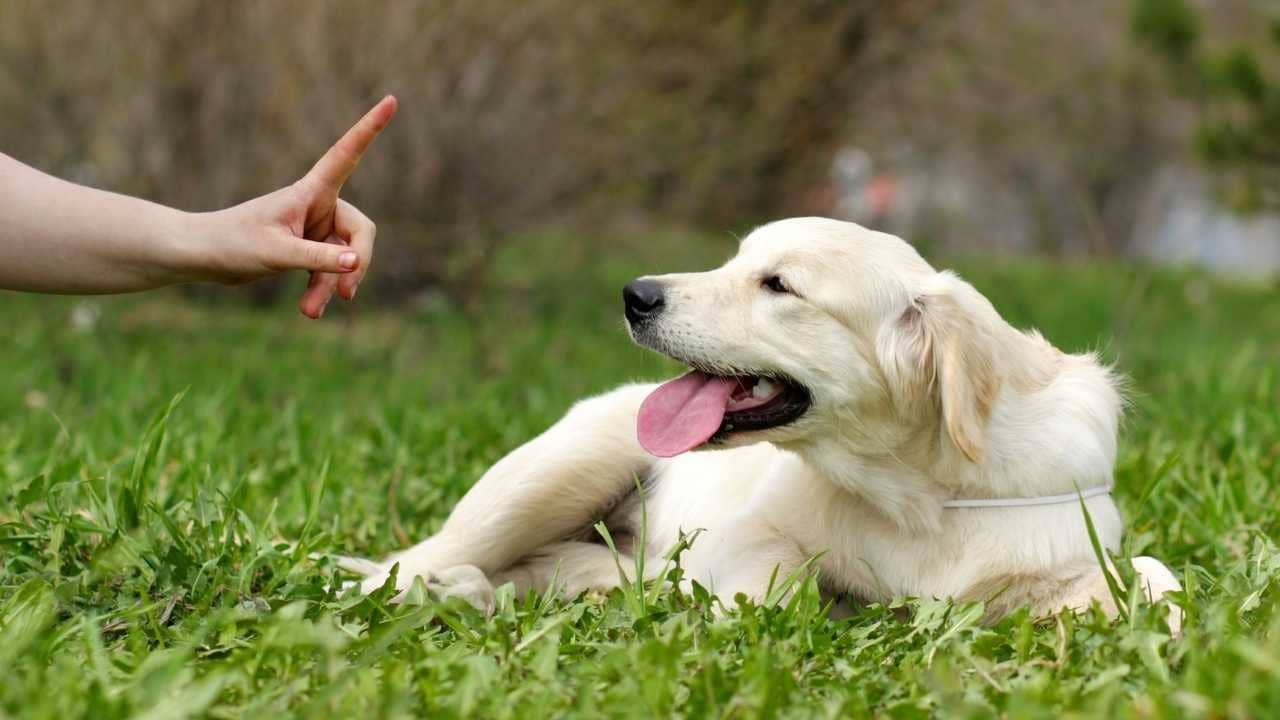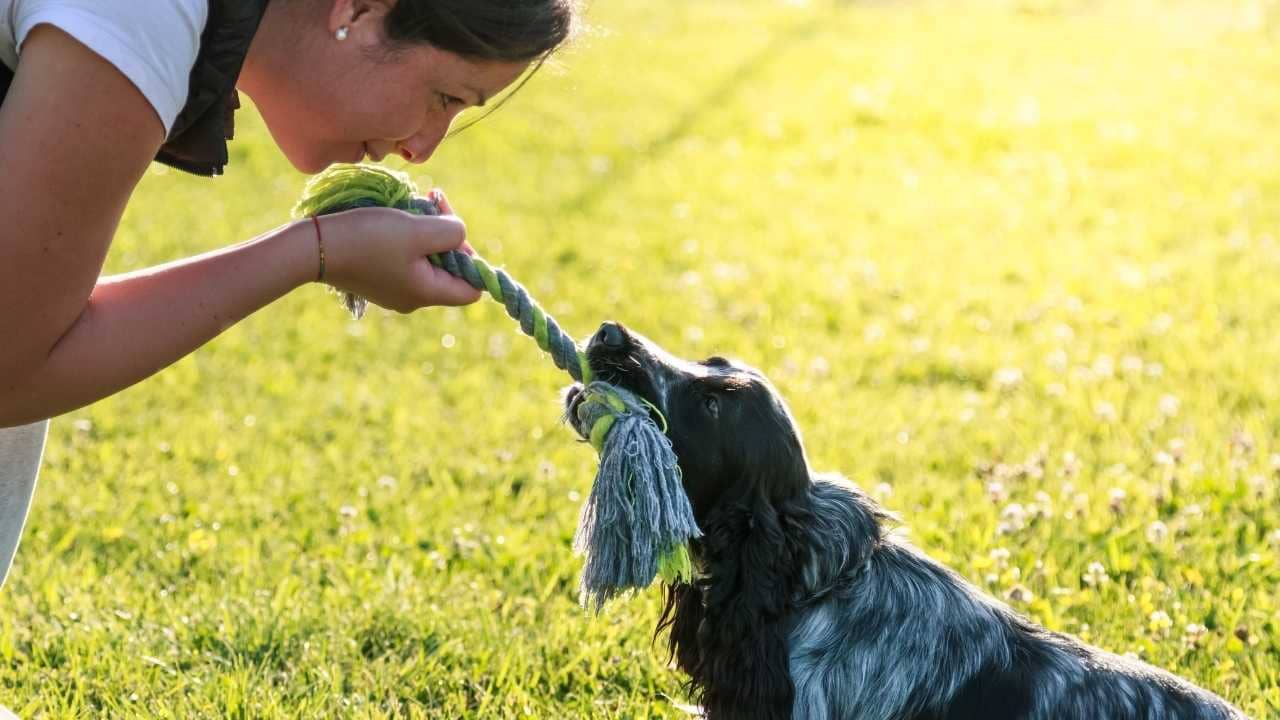Puppy Training – With or without treats?
This is a common question, and many trainers will have different answers, although they’re all based on their experience and skill set, when training a puppy, it’s important to remain open minded as an owner, because certain methods or tools will suit certain situations or individual dogs.
Puppies tend to be food orientated, especially Labradors but some are toy orientated instead, squeaky toys tend to have a greater impact to retain focus.

It all depends on what they hold as “high value” but whether it’s a treat or a toy for training, the methods are the same.
A balanced approach usually works well but everyone’s different, some methods will suit your personality more and match your own abilities, which is why it’s important to be open minded.
Let’s look at the quadrants:-
1. Positive Reinforcement
Brief description: – Rewarding your dog with a treat or toy when they obey you.
Example: You say sit, and they sit =Reward.
2. Negative Reinforcement
Brief description: Removing something negative as the “reward”.
Example: Your dogs on a slip lead, when they’re pulling it is tight and uncomfortable around their neck, this is unwanted behaviour, but when they stop pulling the uncomfortableness goes away. Overtime, the dog will associate pulling with being uncomfortable and stop them doing it.
3. Positive Punishment
Brief description: This is adding something adverse to stop unwanted behaviour, forming a negative association with the behaviour.
Example: Old school method, Dog misbehaves and you hit it on the nose. Using pain as a consequence.
4. Negative Punishment
Brief description: This is where you remove a positive element from your dog as punishment.
Example: If you’re playing tug with your dog and they bite your fingers too hard, you stop playing and leave the room. Overtime they’ll realise they biting stopped the fun and in time, stop them biting too hard when playing (Similar to bite inhibition)

Understanding these quadrants and having the ability to apply them to your pup, helps build a strong and loving relationship between human and dog, human leadership + puppy dog obedience = safety for all
Some trainers and dog owners only use positive reinforcement, but it does come with limitations in certain situations and it can make learning difficult for some dogs (and your life harder) because some breeds like mastiffs aren’t as intelligent or as eager to please as shepherds for example. Every breed also has differential behavioural dispositions to work with too, some very challenging and not for the novice owner, such as working spaniels, collies and Belgian Malinois.
We’re not here to tell you how to do it, but using treats in training falls under positive reinforcement and it’s brilliant, you’ll get amazing results but it’s not just a case of throwing a treat when they behave or mission complete when they’ve done it once.
It can take weeks and months of short training sessions, using repetitions until they finally understand what you want from them on a cognitive level. Certain tasks are also tough for dogs, such as recall and ignoring their natural instincts such as prey drive during a recall is very difficult, especially using positive reinforcement only. Other quadrants may be more suitable to be rotated in alongside to help set them up for success.
In answer to the question, we’d definitely recommend using treats when training your pup if you can, but only for the interim, once they grasp what you want from them, slowly remove the treats and swap that for verbal queues and rough play, if they like it. Swapping the treats for “Good boy or good girl” in a happy voice combined with a rub or a stroke can go a long way too, that way they won’t just behave for treats, that way when you run out, you won’t be screwed!
One thing we will say is do your research, there’s lots of free guidance on YouTube and blogs from great trainers and behaviourists, don’t just go for the big names either , find the trainers that don’t get much attention, they tend to be the best and give solid guidance for free and don’t hold stuff back for their training packages they sell.

Tip: Balanced trainers tend to be great to learn from as they will blend all quadrants and show how to handle all situations with no limitations, regardless of your personal preference, education is key. Learn about all 4, see them in practice first before picking what quadrants to use.
Tip: Using fish for training treats can make a big impact to the overall diet, it helps improve the balance of omega 3-6, which helps reduce inflammation in the body and helps promote whole health.
Check these out: Fish Training Treats

